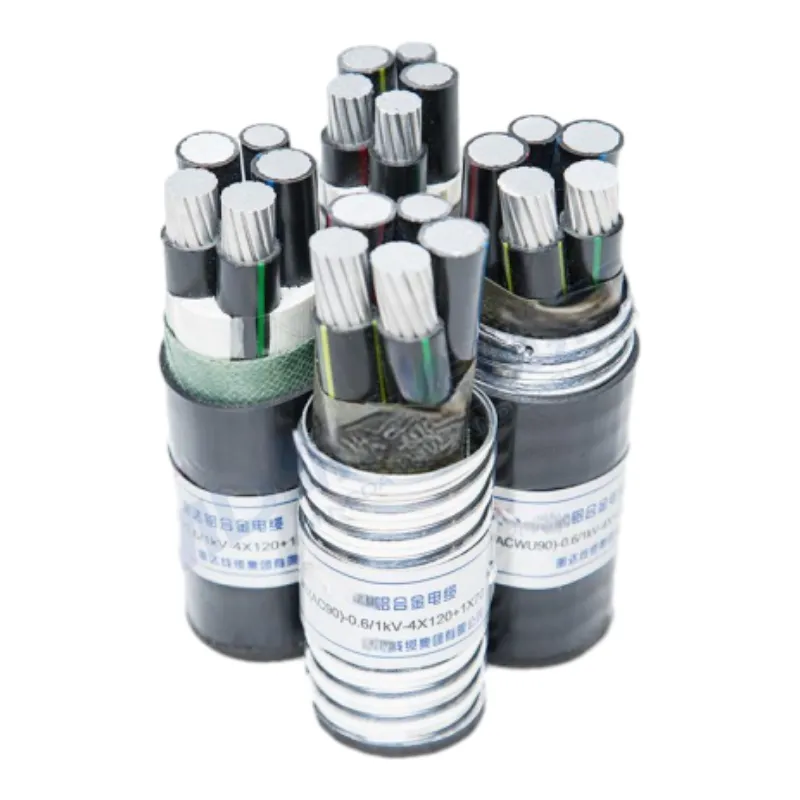Dec . 27, 2024 07:40 Back to list
lined butterfly valve
Understanding the Lined Butterfly Valve An Essential Component in Fluid Control
In various industrial applications, effective fluid control is crucial for ensuring operational efficiency, safety, and reliability. Among the numerous devices designed for this purpose, the lined butterfly valve stands out due to its unique characteristics and advantages. This article delves into the features, benefits, and applications of lined butterfly valves, illustrating their importance in modern industrial systems.
What is a Lined Butterfly Valve?
A lined butterfly valve is a type of quarter-turn valve that consists of a circular disc (the butterfly) mounted on a rotating shaft. This disc can pivot to either open or close the flow path through the valve body. The term lined refers to the protective lining, typically made from materials like PTFE (Polytetrafluoroethylene) or other elastomers, which coats the inner surfaces of the valve. This lining serves to protect the valve body from corrosion and erosion, thereby extending its lifespan and improving its performance in aggressive conditions.
Key Features
1. Corrosion Resistance The lining material used in these valves is highly resistant to a variety of chemicals, making them ideal for industries that handle acidic or corrosive fluids. This feature is particularly important in the chemical processing and wastewater treatment sectors.
2. Low Torque Operation Lined butterfly valves require lower torque to operate compared to other types of valves. This characteristic not only simplifies the valve actuation process but also reduces energy consumption in systems where multiple valves need to be operated simultaneously.
3. Compact Design The design of lined butterfly valves is inherently compact and lightweight. This makes them easier to install and maintain, especially in tight or constrained spaces.
lined butterfly valve

Benefits of Using Lined Butterfly Valves
1. Enhanced Longevity The protective lining reduces wear and tear on the valve body, leading to longer service life and reliability. This minimizes the need for replacement and associated maintenance costs.
2. Versatile Applications Lined butterfly valves are suitable for a wide range of applications, including but not limited to chemical processing, oil and gas, pharmaceuticals, and food and beverage industries. Their ability to effectively handle different media makes them a go-to choice for many engineers.
3. Improved Flow Characteristics The flow characteristics of lined butterfly valves, including their low-pressure drop and high flow capacity, make them efficient for various flow control applications. This is particularly advantageous in systems needing precise flow regulation.
4. Cost-Effectiveness Due to their durability and low maintenance requirements, lined butterfly valves can be a cost-effective choice for many operations, leading to lower total cost of ownership over their lifespan.
Applications
Lined butterfly valves find applications in numerous industries. In the chemical industry, they are commonly used to control the flow of corrosive liquids and gases. In water treatment facilities, they help regulate the flow of various media. In the food and beverage sector, their sanitary design ensures compliance with hygiene standards while managing the flow of ingredients. Moreover, in oil and gas applications, they are utilized to handle both liquids and gases under high pressure.
Conclusion
The lined butterfly valve is a critical component in fluid control applications across various industries. Its outstanding characteristics, such as corrosion resistance, low torque operation, and versatility, render it a preferred choice for many engineering challenges. By understanding the importance and functionality of lined butterfly valves, industries can make informed decisions that enhance operational performance, safety, and overall efficiency. As industrial demands evolve, these valves will undoubtedly play a significant role in shaping the future of fluid control technology.
Share
-
Reliable Wafer Type Butterfly Valves for Every IndustryNewsJul.25,2025
-
Reliable Flow Control Begins with the Right Ball Check ValveNewsJul.25,2025
-
Precision Flow Control Starts with Quality ValvesNewsJul.25,2025
-
Industrial Flow Control ReliabilityNewsJul.25,2025
-
Engineered for Efficiency Gate Valves That Power Industrial PerformanceNewsJul.25,2025
-
Empowering Infrastructure Through Quality ManufacturingNewsJul.25,2025